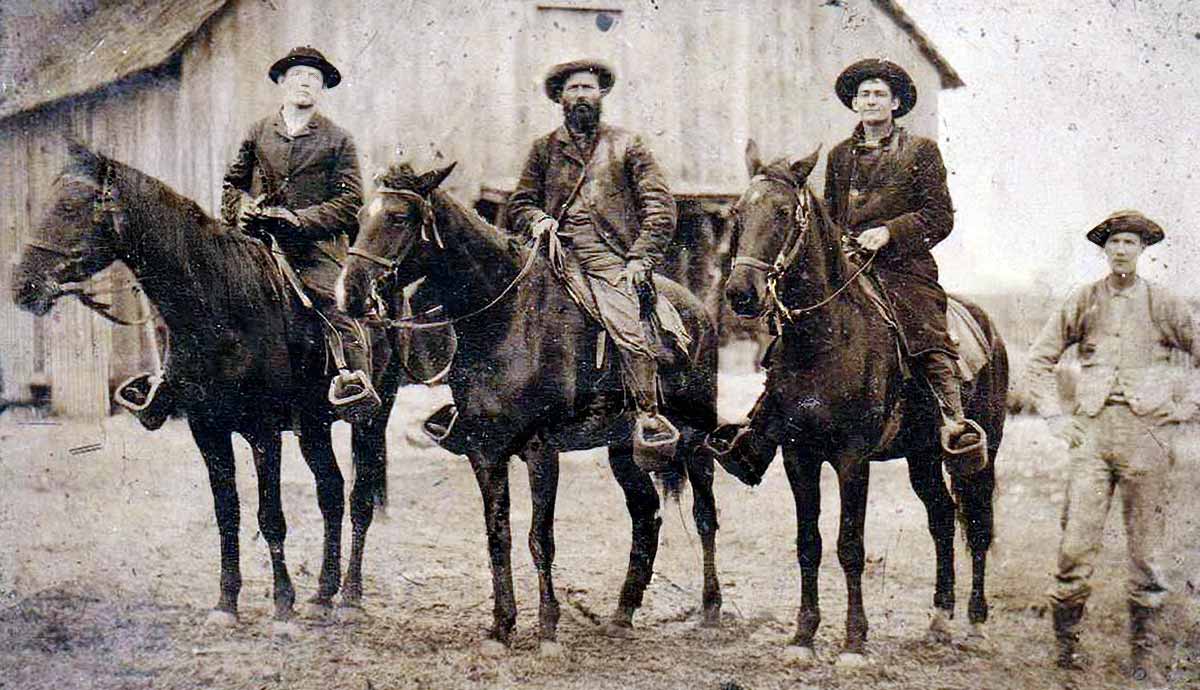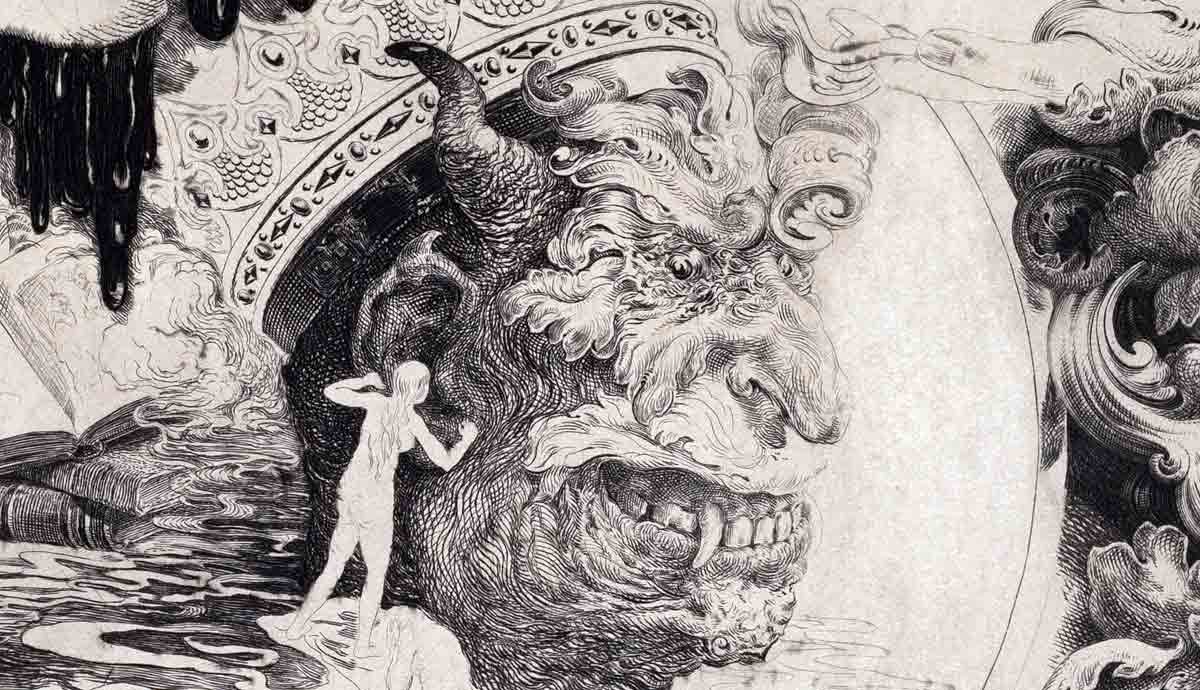
Prohibition in 1920s America witnessed the sudden, violent rise of gangsters nationwide. These criminals smuggled vast amounts of alcohol, making millions. Such easy money led to clashes, often bloody. The sudden surge of such gangs also led to the FBI’s creation to stop these enterprises.
The 1929 Stock Market Crash threw America into the harsh grip of the years-long Great Depression. Coincidentally, the number of bank robberies jumped as desperate people sought relief. Famous robbers like Dillinger and Baby-Faced Nelson received Robin Hood treatment from the general public, seen as stealing from a corrupt system. Not all gangsters earned flashy headlines, but men like Karl Lamm, Doc Barker, and Tommy Carroll proved equally as dangerous, organized, and bold.
Karl Lamm: Preparation and Precision

Until this robber emerged, typical bank robberies followed a pattern of observation, robbery, and escape. That pattern changed with Hermann Lamm, also known as Baron Lamm. Born in 1890s Imperial Germany, Lamm served in the German army before emigrating to America in 1914. Beginning in 1920, Lamm used his military planning skills to rob banks.
Notoriously disciplined, Lamm prepared and back upped his backups. Lamm went beyond casing by studying the bank for weeks, watching the comings and goings. He re-created floor plans, response times, locations for escape vehicles, and very strict schedules. Lamm mapped out multiple escape routes. The drivers got step-by-step instructions on paper and only used powerful cars. All planned robberies went through several rehearsals. These preparations were later called “The Lamm Technique.”

Lamm started 1930 with a bungled bank hold-up in Indiana. Pursued by police planes, cops, and state militia, the robbers battled back with Tommy guns. Eventually cornered at a farm, Lamm shot himself in the head and was later buried in a pauper’s grave. A surviving gang member later taught John Dillinger the Lamm Technique, making him very proficient.
Doc Barker: Robber and Kidnapper

Arthur Barker, known as Doc Barker, joined his brothers and friends in the Barker-Karpis Gang after his 1932 parole for murder. Doc, born in 1899, was first arrested in 1918 for car theft. A 1921-night watchman’s murder had earned him the previous jail sentence. He picked up the robberies again and possibly murders again.
In April 1933, the gang hit several banks in three states but with only one firefight. Doc also participated in two high-profile kidnappings in early 1934. He prevented his brother Fred from killing their victim after an initial refusal to pay the ransom on the second kidnapping. Both payments netted the gang $300,000, equating to nearly 7 million dollars in 2024.
This last kidnapping drew in the FBI, making their exploits national headlines. Also, the second man Doc helped kidnap was the son of a close friend of President Roosevelt, who mentioned it during one of his Fireside Chats.
The FBI arrested Doc Barker in Chicago on January 8, 1935 – when asked about any guns, he replied, “It’s home, a hell of a place for it.” Upon conviction, Barker transferred to the unescapable Alcatraz prison in San Francisco Bay. His stay there proved short; in 1939, Doc Barker and another man were shot while trying to escape.
Tommy Carroll: Dillinger’s Man

John Dillinger’s name and likeness ruled headlines for much of the early 1930s. However, one of his gang members, Tommy Carroll, stood out. A Great War veteran, Carroll made a living as a professional fighter and theft. Throughout the 1920s, Carroll squeaked by, serving only short sentences or somehow avoiding them. His luck ran out in 1927 on a guilty conviction for armed robbery, netting himself a five-year sentence.
Fresh out of jail in 1933, Carroll soon joined the Dillinger gang during its biggest spree and FBI manhunt. Carroll helped the gang rob a bank in Minnesota. Dillinger sent him to Texas to pick up more machine guns, and two sheriffs spotted him. Carroll shot down one and wounded the second before fleeing.
Carroll joined a heist in Iowa in March, but afterwards, the gang hid as their exploits went nationwide. On April 22, the FBI ambushed Dillinger’s Gang at a Wisconsin campground. In a blazing gunfight, Carroll escaped. Carroll met his end in Iowa after carelessly parking across from a police station; he was shot trying to flee, dying later at the hospital. By 1936, the FBI had put a stop to most of the worst bank robbers. These infamous gangsters also had their time in the spotlight, but like Dillinger, they reached equally unfortunate endings.









